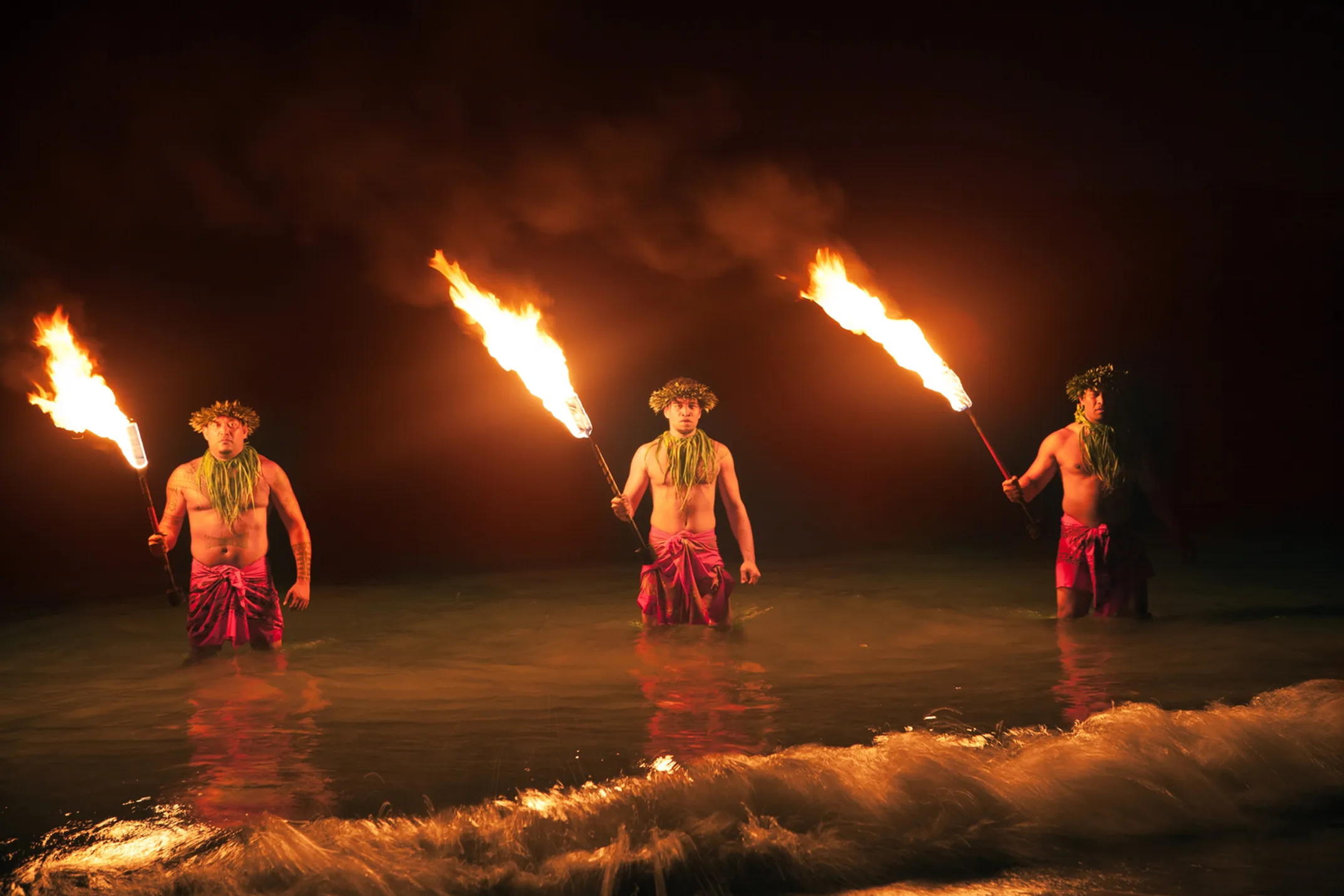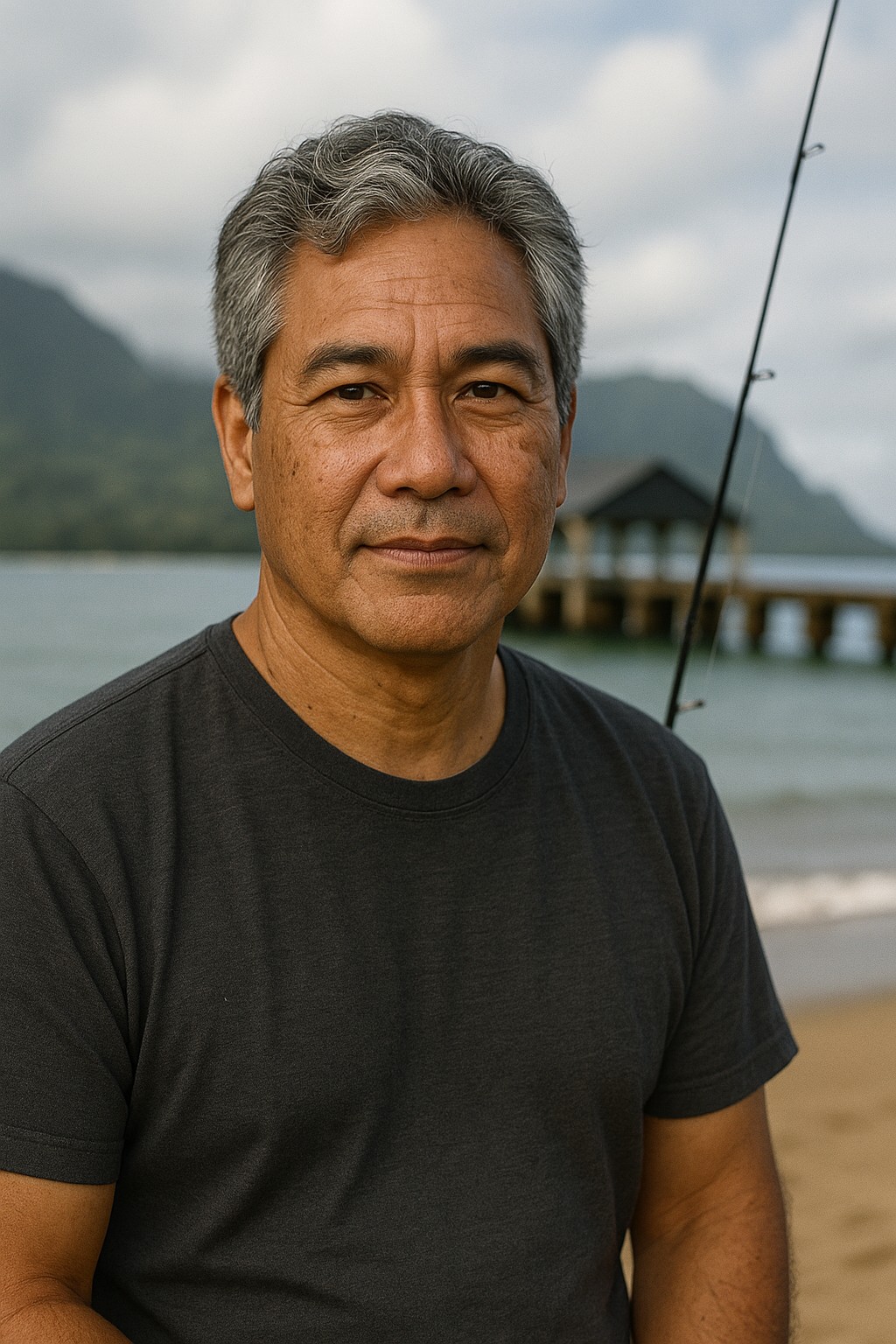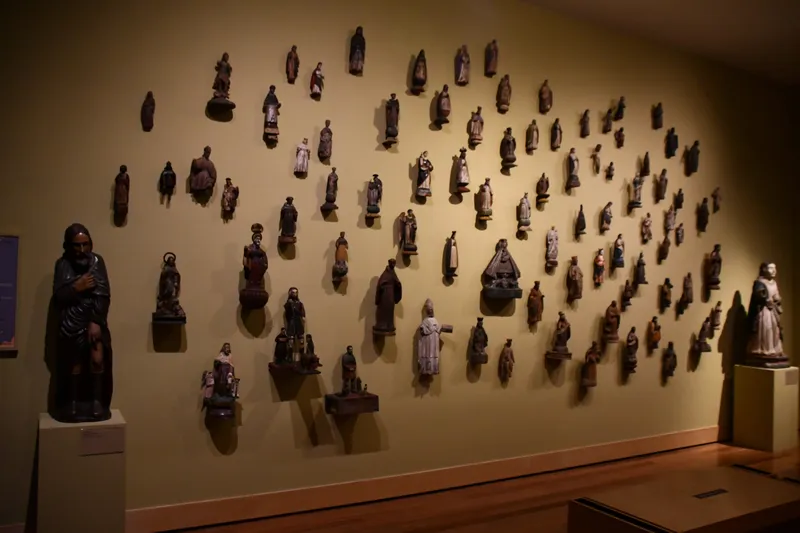
“Brew Your Best Cup”- Coffee Brewing Workshop
Heavenly Hawaiian Coffee Farm • Farm • Holualoa, Island of Hawaii • Hawaii

How Culture Survived in Secret and Burst Into the Light

Written by a Local Cultural Expert
Kalani Miller
The territorial period from 1900 to 1959 was designed to erase Hawaiian identity. The Organic Act made English the only legal language for government and education. Children were punished for speaking Hawaiian at school. History textbooks taught that annexation was inevitable and beneficial.
The ruling oligarchy—mostly descendants of missionaries and sugar planters—used the "melting pot" myth to disguise their divide-and-conquer strategy. They promoted the image of racial harmony while keeping different ethnic groups competing for jobs and political influence.
But families kept the culture alive underground. They spoke Hawaiian at home. They practiced hula in private. They passed down genealogies, chants, and traditional knowledge. They remembered the names of sacred places and the stories that gave them meaning. They waited.
During the territorial period, Hawaiian culture went underground but never disappeared. Families maintained traditional practices in secret. Kūpuna (elders) taught children Hawaiian language and customs away from school authorities. Traditional healing, spiritual practices, and cultural knowledge passed from generation to generation through family networks.
This underground preservation was an act of resistance. Every Hawaiian word spoken at home, every traditional song sung in private, every genealogy memorized was a refusal to let the culture die. The territorial government could control schools and public life, but they couldn't reach into every Hawaiian home.
The 1960s and 70s brought new energy inspired by the civil rights movement and growing awareness of indigenous rights worldwide. A new generation of Hawaiian leaders emerged who weren't ashamed of their identity or willing to accept second-class status in their own homeland.
Traditional voyaging canoe sailed from Hawaiʻi to Tahiti using only ancient navigation, proving ancestral capabilities.
Activists repeatedly occupied the island to stop Navy bombing, eventually winning its return to Hawaiian control.
First Hawaiian language immersion schools opened, teaching children entirely in ʻōlelo Hawaiʻi.
Made Hawaiian an official state language and created the Office of Hawaiian Affairs to address historical injustices.
The Polynesian Voyaging Society's construction of Hōkūleʻa marked a turning point. This traditional double-hulled sailing canoe proved that Polynesian ancestors were master navigators, not primitive castaways. In 1976, using only ancient wayfinding techniques—reading stars, ocean swells, wind patterns, and wildlife behavior—Hōkūleʻa sailed from Hawaiʻi to Tahiti and back.
That voyage shattered colonial myths about Hawaiian capabilities. If modern Hawaiians could rediscover navigation skills sophisticated enough to cross 2,400 miles of open ocean, what other ancestral knowledge had survived? The success of Hōkūleʻa inspired a generation of Hawaiians to reconnect with their heritage.
Around the same time, activists began occupying the island of Kahoʻolawe to stop the U.S. Navy from using it for bombing practice. The Protect Kahoʻolawe ʻOhana organized repeated landings on the island despite military restrictions. After years of protests, legal battles, and growing public support, they won. The bombing stopped, and the island was eventually returned to the state.
Kahoʻolawe became a symbol of Hawaiian resistance and cultural revitalization. Activists didn't just stop the bombing—they used the island as a place to practice traditional arts, conduct ceremonies, and reconnect with ancestral land. It was both political protest and cultural revival.
Hawaiian language immersion schools opened. Hula kahiko (ancient hula) flourished as both art form and political statement. Traditional farming methods were revived. The 1978 State Constitutional Convention made Hawaiian an official state language alongside English and created the Office of Hawaiian Affairs to address historical injustices.
The underground movement had broken into the open, but the biggest battles were still ahead. The renaissance provided the foundation for modern sovereignty movements and the ongoing fight to protect Hawaiian sacred places like Mauna Kea.
Hawaiian language immersion
Ancient hula and chant
Kalo and loʻi restoration
Celestial navigation skills

Heavenly Hawaiian Coffee Farm • Farm • Holualoa, Island of Hawaii • Hawaii

